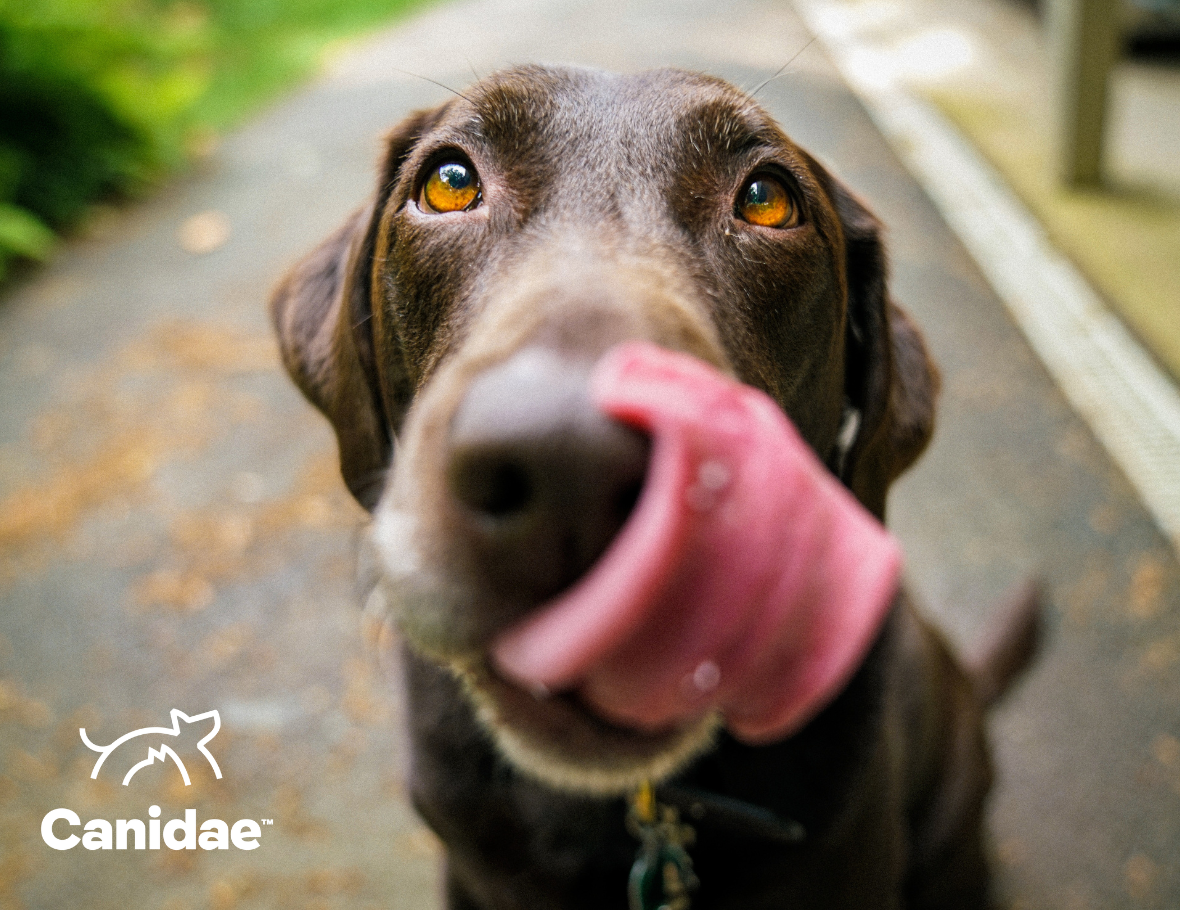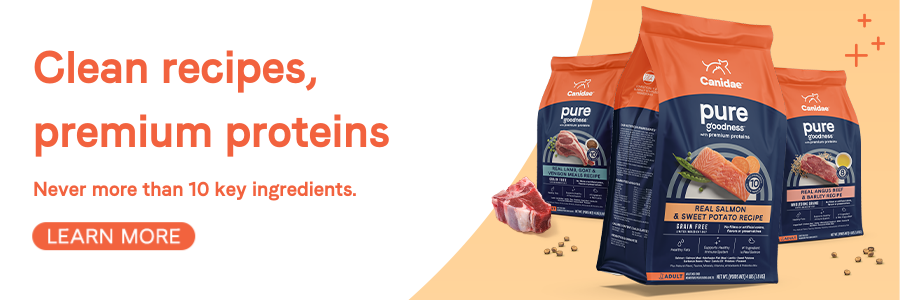Omega 3 and 6 For Dogs: How Do These Fatty Acids Help Your Pet?

Fatty acids. You’ve probably heard of them before, but do you know what they actually do, and what makes some of them “essential”?
Don’t be fooled by the bad rep fats get, they’re actually a very important part of your pooch’s diet. One way to think about fatty acids is as the “building blocks” of fat — just like amino acids are the “building blocks” of protein. Some fatty acids are labeled “essential” because your dog’s body doesn’t naturally produce them on its own, which means it’s vital they get them from their diet.
The two essential fatty acids your dog needs are omega-3 and omega-6. These both play crucial roles in your dog’s health, which is why we’re digging deep into omega-3 and 6 for dogs in this article.
What Are Omega 3 and 6 Fatty Acids?
These omega fatty acids help drive metabolism and optimal health. They have anti-inflammatory properties and serve a variety of functions including:
- Promotion of healthy and hydrated skin and coat
- Support of healthy joints
- Assisting brain development
- Regulation of blood pressure
- Maintenance of immune system functions
While neither omega-3 nor omega-6 is more important than the other, it is important to get the ratio between the two right — we’ll tell you more about that later.
What Do Omega 3 and 6 Fatty Acids Do?
Omega-3
The three types of omega-3 fatty acids that are involved in dog (and human) physiology are:
- Alpha-linolenic acid (ALA)
- Eicosapentaenoic acid (EPA)
- Docosahexaenoic acid (DHA)
All three of these are essential for growing dogs, and even though adult dogs can make EPA and DHA, it’s recommended for optimal health to have all three types of fatty acids in their diet.
DHA is vital for brain, eye and immune system development for young puppies. Pregnant and lactating dogs should also keep their levels up so they can pass it on to their pups.
Omega-3 fatty acids manage inflammation, protect the heart, and prevent chronic kidney disease and arthritis. These fatty acids are also necessary for older dogs, as they can improve brain function and slow down dog dementia.
Omega-6
The only essential omega-6 fatty acid for dogs is Linoleic acid (LA).
Many important molecules in your dog’s body are made from linoleic acid, and omega-6 fatty acids play a significant role in:
- Maintaining the skin’s outermost water barrier
- Promoting skeletal and muscular tissue repair
- Stimulating the growth of skin and fur
- Regulating metabolism
If your dog has an Omega-6 fatty acid deficiency, it can result in a variety of problems including reproductive issues and abnormal skin and coat, which could result in your dog having itchy skin.
Where Can You Find Omega 3 and 6 Fatty Acids?
It’s all well and good understanding what they are, but it’s just as important to know what are good sources of omega 3 & 6 fatty acids for dogs.
- ALA can be found in vegetable oils like flaxseed and canola oil.
- EPA and DHA are found in cold water fish like salmon, extracted salmon oil, phytoplankton and some marine plants.
- LA is found in lean meat, egg yolks, chicken fat, and some fish oils.
The Balance Between Omega-3 and Omega-6 Fatty Acids
Many fats and oils contain more omega-6 than omega-3 fatty acids, but your dog’s diet needs the right balance between the two. Homemade and raw diets are particularly at risk of getting the ratio wrong, and the results can be catastrophic for your pup’s health.
Current recommendations for pets suggest a ratio of between 10:1 and 5:1 of omega-6 to omega-3 is best for your pooch. The Association of American Feed Control Officials states that the ratio should never go above 30:1 in favor of omega-6 to omega-3. While there is no definitive, agreed-upon ratio at the moment, you should trust reliable pet food brands and ask your veterinarian if you have any doubts.
One reason why balance is so important is the function of the two fatty acids. Omega-6 triggers pro-inflammatory hormones, which are crucial for your pup when she experiences pain and needs to alert her body to activate the appropriate immunoreaction (such as calling on white blood cells to fight off infections caused by bacteria or viruses).
Omega-3 fatty acids work as a counterbalance, in that they trigger anti-inflammatory hormones. These work in tandem with omega-6 to offset inflammation and make sure your pup makes a full recovery. If the balance is wrong then your dog may suffer from a low-grade inflammation which has been associated with the development of diseases such as obesity, cancer and diabetes.
The Best Dog Food With Omega 3 and 6
If you want to feed your dog with dog food containing omega-3 and omega-6 fatty acids, you should look for ingredients like salmon, salmon meal, trout, fish oil, fish meal, DHA and EPA on the packaging. Additionally, some brands will list guaranteed amounts of omega-6 and omega-3 fatty acids in the guaranteed analysis on the packaging.
While there is no “best” dog food, you should look for an established and trustworthy pet food brand. Canidae® is committed to providing goodness to dogs, and our HealthPlus Solutions guarantees goodness in every bite. Try PURE Dry Dog Food: Grain Free Salmon and Sweet Potato Recipe — it contains real salmon, sustainably harvested in the Pacific Northwest and Alaska as its first ingredient. Wild salmon contains a balanced blend of valuable omega-3 fatty acids and inherent antioxidants. With only 10 key ingredients, PURE gives your pup a clean, nutrient-rich recipe that she’ll look forward to every day.

